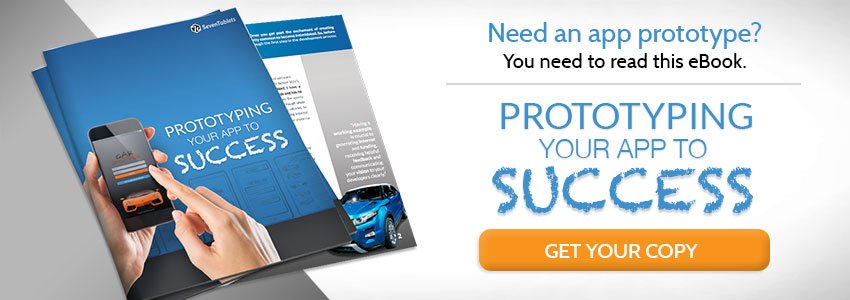You’re tasked with researching the best features for your company’s new mobile app, and as you work, you repeatedly encounter the same term: smart app. The label of “smart” has been applied to lots of different technology in recent years, from smartphones to smart homes, smart cars and now, smart apps. But what is a smart mobile application and how do you know if you need one?
Smart technology encompasses many innovations, but generally speaking, those devices, networks or apps have three specific qualities:
- They’re an advancement: Smart technology typically includes a new, more fully-featured generation of device, hardware or software. The features and functions typically surpass those seen in older forms of that technology.
- They’re communicative and connected: Smart apps and devices often have the ability to connect and communicate with other devices or apps via a private network, the internet or Bluetooth. These smart devices comprise the Internet of Things (IoT).
- They’re trackable: Smart apps, labels and devices usually feature GPS integration, allowing for real-time (or close to real-time) tracking.
These are the key core attributes of smart technology, but smart apps take it a step further with some truly innovative features and functions.
What is a Smart Mobile App?
A smart mobile app typically has all three of smart technology’s core attributes, along with some additional capabilities and features. The most obvious smart app characteristic is a compatibility with smart devices, such as smartphones, tablets and wearables. But since a vast majority of devices are “smart” now, this quality doesn’t offer much insight into the definition of a smart app.
The properties of a smart mobile app can extend into some of the most cutting-edge technologies on the planet, such as:
- Smart apps often include natural language processing (NLP) capabilities. When you hear the term NLP, you may think of virtual assistants such as Siri or Alexa. Even voice-to-text features and “readable” voicemail messages are an example of this technology. Natural language processing represents a well-developed branch of the artificial intelligence tree, allowing for hands-free device usage, greater accessibility for individuals with disabilities, convenience and novelty.
- Smart mobile apps may feature augmented reality elements. Augmented reality has seen a rapid rise in popularity in recent years, with many mobile app developers using AR technology to enhance user experience (UX). Augmented reality can be used to create many different features and functionalities in a smart app, from virtual home tours to map overlays and games. A wonderful example of a smart app is Pokemon GO, a highly interactive game that integrates virtual elements with real-time footage from your device.
- Smart apps utilize predictive analytics for a more relevant, personalized experience. Predictive analytics are becoming an increasingly common feature that allows smart mobile app developers to deliver a more personalized, engaging user experience. This can take many forms, such as offering product recommendations on an ecommerce app, potential matches on a dating site or restaurant recommendations based on your GPS movements, food preferences and past dining activities.
- Smart mobile apps usually leverage biometric technology, GPS and other sensory hardware. Many smart apps feature full integration with hardware that provides information about the user, their environment and their location. This data can be used in an intelligent way, whether it’s an app that’s tracking your heart rate and footsteps throughout the day to calculate calories burned or an application that takes your measurements in order to create a custom-fitted shirt.
These are a few of the many types of smart mobile apps. Really, the term “smart” has become a catch-all term for technology that’s innovative, “aware,” and user-friendly in a way that wasn’t previously possible.
Should You Develop a Smart App?
The decision of whether to develop a smart mobile application should be based on your users’ needs and expectations. If your users could benefit from functionalities such as NLP, augmented reality, predictive analytics and other forms of interactive technology, then your app would certainly fall into the category of “smart.” When these features are truly useful to the user, this results in a smart app that’s likely to succeed.
If smart features would only be a novelty that isn’t truly useful or entertaining to your users, though, then the benefit may not justify the investment. Smart technology is certainly in high demand. However, the best and most successful apps are those that were created not for sheer novelty, but to satisfy the needs of a specific user demographic. Therefore, as you make a plan for your new app, it’s wise to work with an experienced developer to determine exactly what features your target audience would realistically utilize. This is an area where market research and comprehensive beta testing can be quite useful.
At 7T, our innovative development team has experience building apps with many different forms of smart technology. This means we’re well-positioned to evaluate your needs and identify the newest and best technology to help you achieve your objectives with your smart mobile app development project.
7T maintains company headquarters in Dallas, along with two regional offices in Austin and Houston, but we work with clients across the United States. Contact us today to discuss your ideas for a smart app concept.









